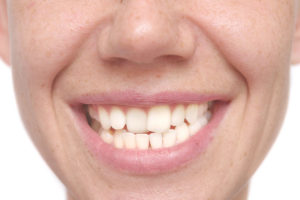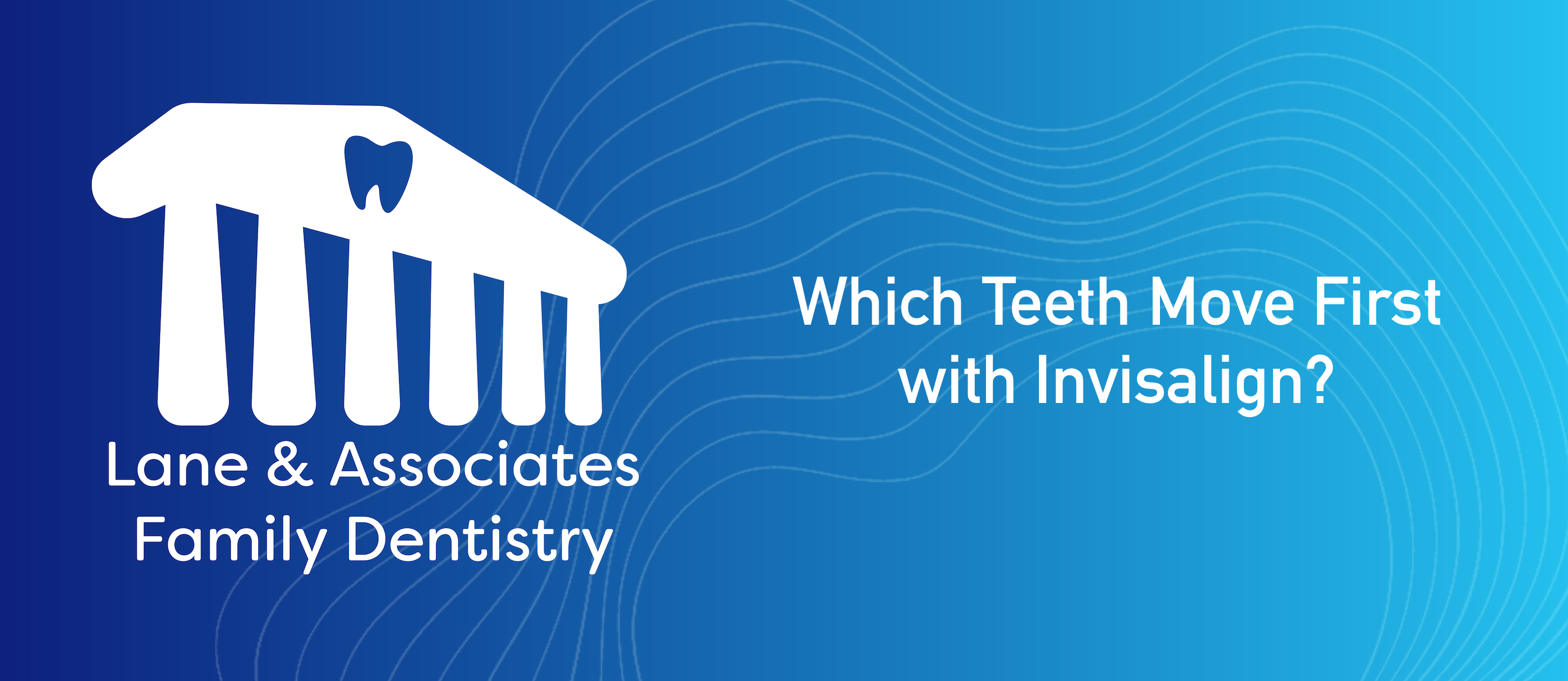Invisalign has revolutionized orthodontic treatment by offering a discreet and convenient alternative to traditional braces. As many people explore the option of straightening their teeth with Invisalign, questions arise about how the process works and which teeth are affected first. In this article, we’ll explore common queries about tooth movement with Invisalign, including which teeth move first, which are easiest to move, when teeth move the most, and whether Invisalign moves only one tooth at a time.
Understanding Tooth Movement with Invisalign
When you begin Invisalign treatment, your orthodontist will create a customized treatment plan tailored to your specific dental needs. The sequence in which teeth move can vary depending on individual factors such as the alignment of your teeth, the complexity of your case, and your treatment goals.

In general, the teeth that tend to move first with Invisalign are the ones that require the most significant correction or adjustment. This often includes teeth that are overcrowded, rotated, or misaligned. By targeting these problematic areas first, Invisalign can gradually shift your teeth into proper alignment and create space for subsequent movements.
Which Teeth Are Easiest to Move with Invisalign?
Some teeth may be easier to move with Invisalign than others, depending on their position and alignment. Typically, teeth that have less severe misalignment or crowding are easier to move because they require less force to achieve the desired position.
For example, teeth at the front of the mouth, such as the incisors and canines, are often easier to move compared to molars or premolars located at the back of the mouth. Additionally, teeth that have already undergone orthodontic treatment or are in relatively good alignment may require less time and effort to adjust with Invisalign.
When Do Teeth Move the Most During Invisalign?
Teeth movement occurs gradually throughout the course of Invisalign treatment, with varying degrees of movement at different stages. In the initial weeks of treatment, you may experience the most significant changes as your teeth begin to respond to the aligners’ gentle pressure.
![]()
During the first few days of wearing a new set of aligners, you may feel slight discomfort or pressure as your teeth adjust to the new positioning. This discomfort is a normal part of the tooth-moving process and typically subsides within a few days as your teeth adapt.
Over time, as you progress through each set of aligners, your teeth will continue to shift gradually into their desired positions. The rate of tooth movement may vary depending on factors such as the complexity of your case, your compliance with wearing the aligners as directed, and your body’s individual response to treatment.
Does Invisalign Only Move One Tooth at a Time?
Contrary to popular belief, Invisalign does not move only one tooth at a time. Instead, it applies controlled and consistent pressure to multiple teeth simultaneously, allowing for coordinated movement and alignment of the entire dental arch.

Invisalign treatment involves a series of clear aligners, each designed to incrementally move your teeth according to the predetermined treatment plan. Each aligner set applies gentle force to specific areas of your teeth to gradually shift them into proper alignment over time.
While certain teeth may experience more pronounced movement than others at different stages of treatment, the overall goal of Invisalign is to achieve comprehensive alignment and harmony among all teeth in the dental arch.
In conclusion, Invisalign offers a versatile and effective solution for straightening teeth and correcting bite issues. The process of tooth movement with Invisalign is gradual and systematic, targeting problematic areas first and gradually aligning the entire dental arch. By understanding how teeth move during Invisalign treatment and what to expect at each stage, you can embark on your journey to a straighter, healthier smile with confidence.


